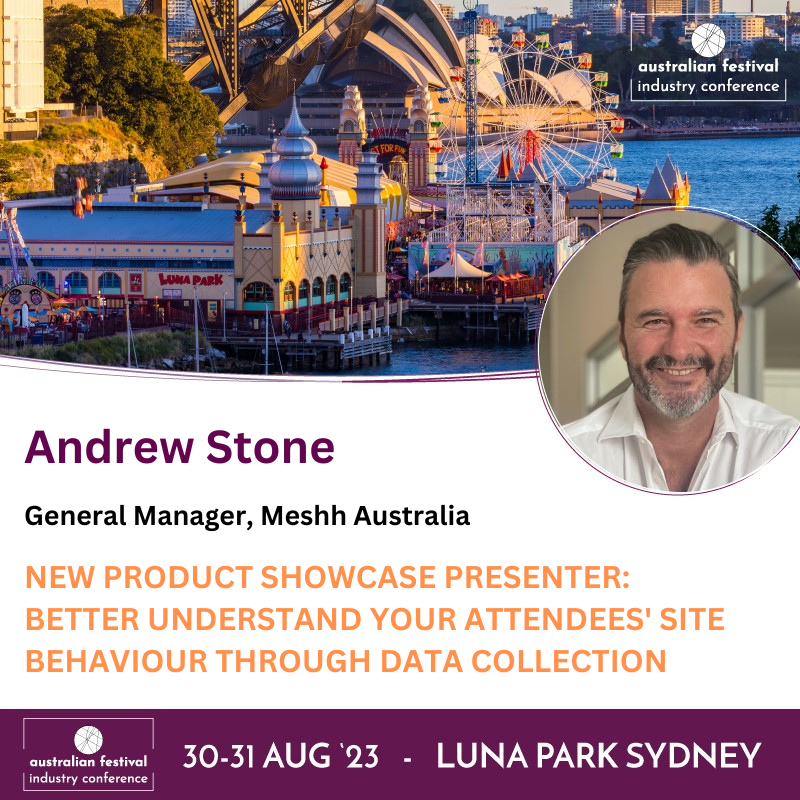News
The Latest At Meshh
Stay up to date with the latest press releases, news, articles and more.

Transforming Real-World Analytics at Outernet London
25 June 2025

Meshh secures multi-year deal with South Australian Motor Sport Board to deliver spatial analytics at VAILO Adelaide 500
19 November 2024

Caroline asked to judge FMBE Awards
27 September 2023

Meshh announces two new appointments
27 September 2023

Meshh and Sky Nominated for FMBE Awards 2023
19 September 2023

Measuring the Movement of People in Spaces Over Time: Unveiling the True Value of Data
16 August 2023

Meshh to measure the first Pacific Airshow Gold Coast
14 August 2023

Techniques that work and those which don’t
31 July 2023

The Key Differences in Spatial Analytical Data Collection: Indoor Events vs. Outdoor Events
21 July 2023

Gain Deeper Insight into Attendee Behaviour with Meshh at AFIC 2023
21 July 2023

Adding Value to Experiential Marketing with Spatial Analytics
19 July 2023

Dentsu appoints Meshh to undertake analytics for third NIVEA Sun tour
18 July 2023
Contact us
Ready to Transform Your Space
"*" indicates required fields